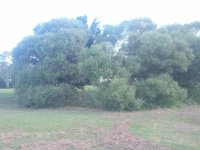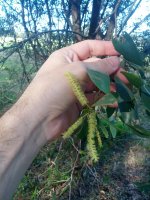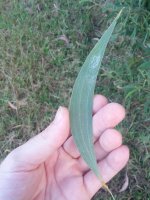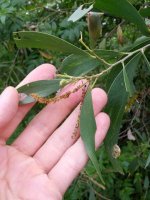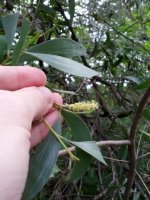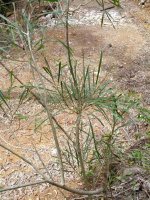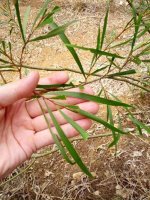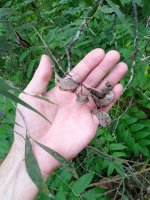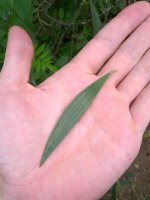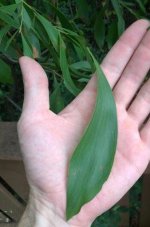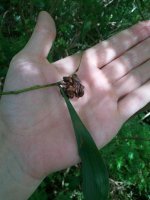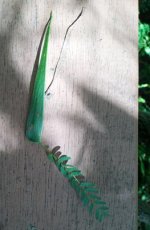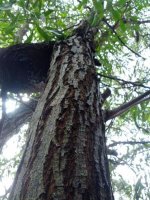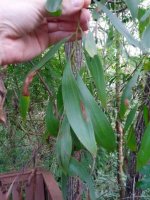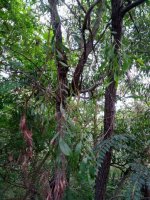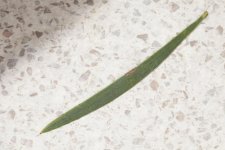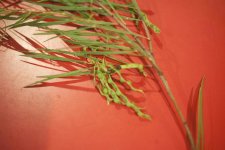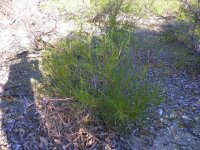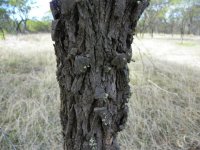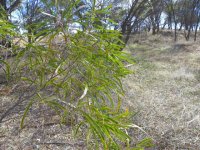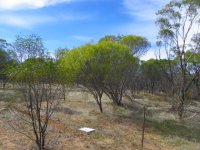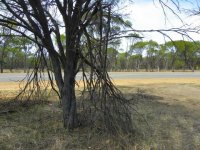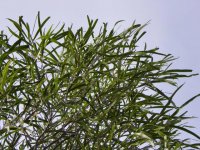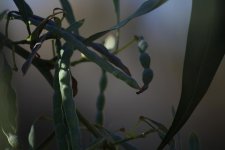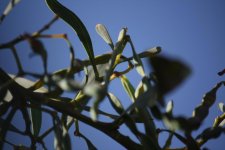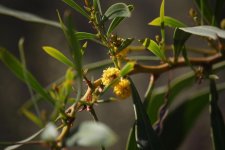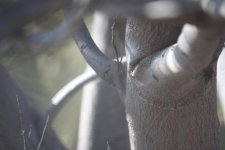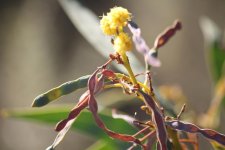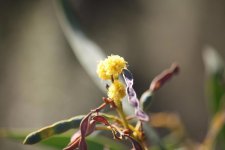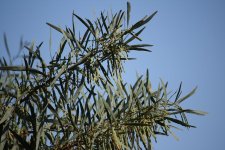ok..
cave paintings..your two tree pics in post#568..i'm not 100% certain (& a true botanical verification is done with the actual plant in hand) but i think the first tree (in the first 4 pics) is
Acacia ligulata (a native of south and western aus) ..the tree in the last 2 pics is trickier, and may be a hybrid..it has characteristics of both A. saligna and A. retinodes 'Swamp Variant', but doesn't quite key in..are there any flowers (even remains) left?
[see photos attached below]..all these trees are in the Acacia (sub) section
Phyllodineae..i have no chemical info on ligulata..check index for other species, limited..this section of acacias is less chemically studied for tryptamines than section
Juliflorae, which includes A.'s maidenii, phlebophylla & acuminata..
.
.A. cyclops (in section
Plurinerves) has many fine parallel veins on the phyllodes (like section juliflorae)..A. excelsa, johannis and others found tryptamine +ve by 'J.J.' are also in section Plurinerves, which differs from Juliflorae in having ball racemes, as opposed to spike..
..really looking forward to hearing you findings cave paintings..
..would be good to find out more about
USA native species too [see
p9#163](thanks to Growpen for the links)
there must be more than phenethylamines going on..(
A. angustissima, of course, has at least some DMT, needs more study)

